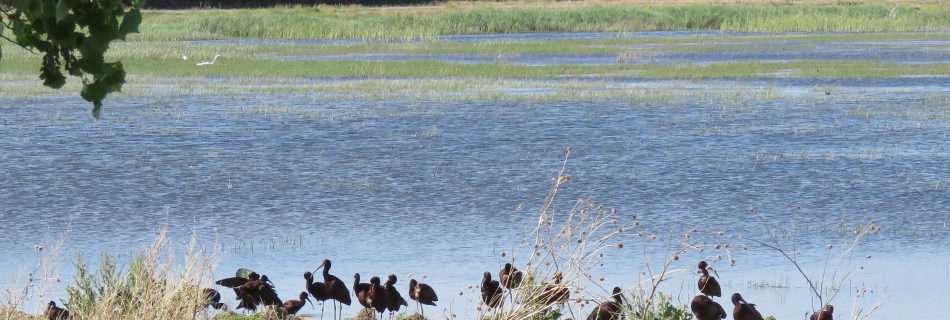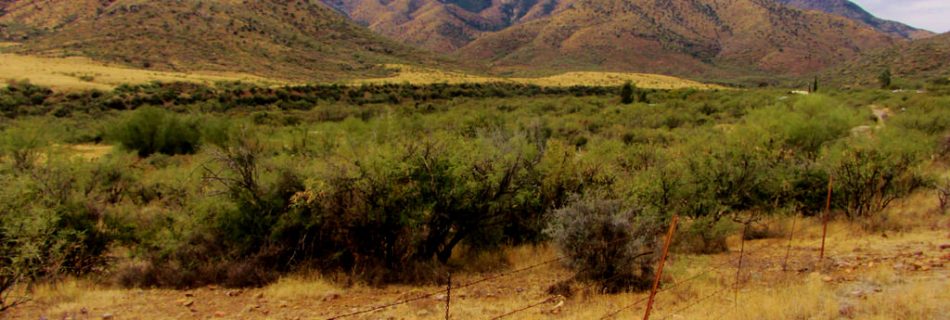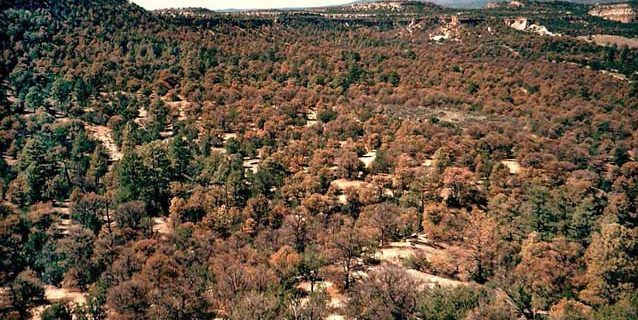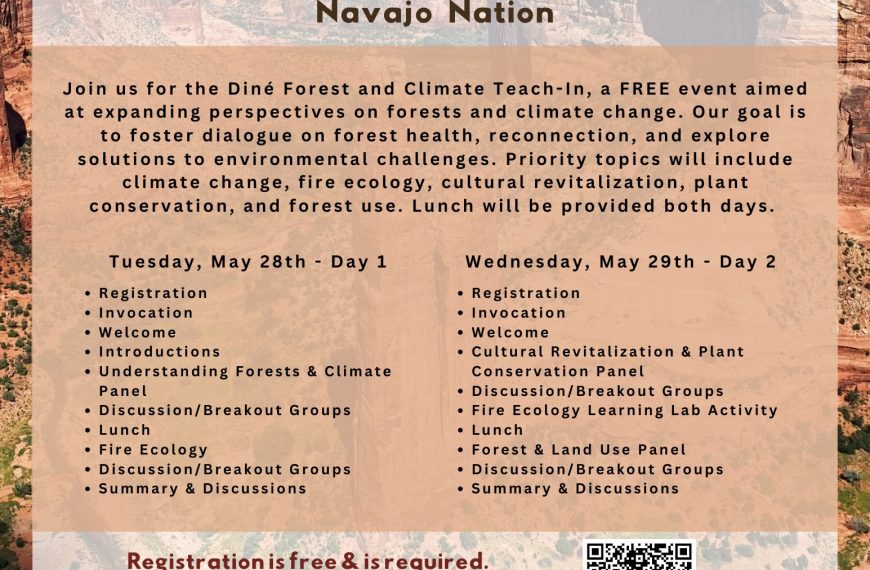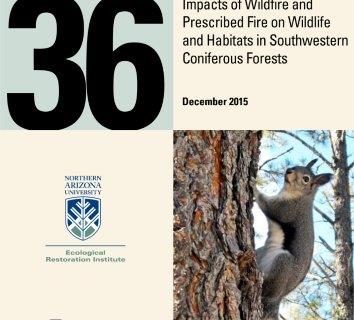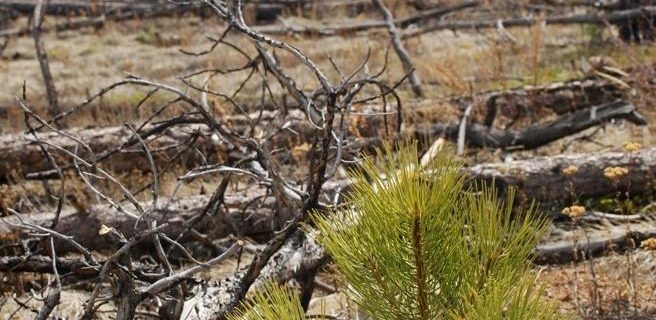Do high severity burns lead to conversion to new forest types or a shift from forests to shrublands or grasslands? How do wildlife respond to changing habitats? And, finally, what do these changes tell us about how these ecosystems will respond to climate change? We visited the sites of the 2000 Pumpkin Fire and 2003 Aspen Fire, and talked to researchers who have been studying how forests and wildlife respond to high severity burns. View the YouTube video here.
Bosque del Apache NWR-Fire and Wildlife Management
The 57,000 acre Bosque del Apache National Wildlife Refuge is a unique landscape with uplands and water features, including a stretch of the Rio Grande River. It provides an important wintering ground for cranes and geese. Refuge staff depend upon and utilize various tools to manage the Bosque del Apache National Wildlife Refuge for the …
Read more “Bosque del Apache NWR-Fire and Wildlife Management”

